Home>Furniture>Kitchen Furniture>Food Processor vs Blender: Which is Better?
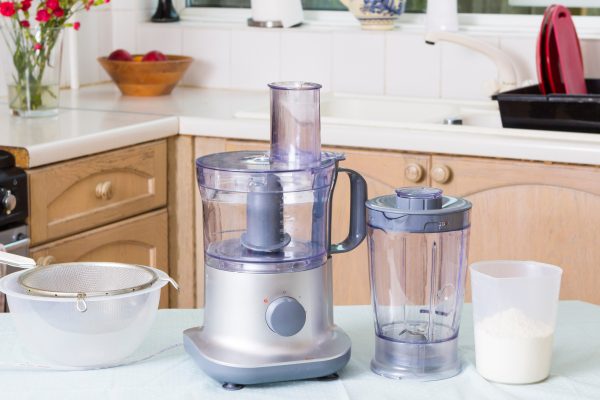
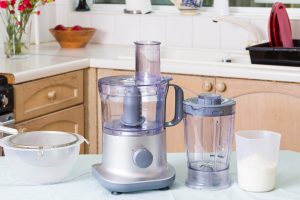
Kitchen Furniture
Food Processor vs Blender: Which is Better?
Modified: December 6, 2023
The choice between a food processor vs blender for your kitchen is an important one. Find out their differences, similarities, and more here!
(Many of the links in this article redirect to a specific reviewed product. Your purchase of these products through affiliate links helps to generate commission for Storables.com, at no extra cost. Learn more)
Every kitchen counter has its staples. Among these are two appliances known for being multipurpose masters — the blender and the food processor. These culinary tools have made a home in many casual and professional chefs’ domains. It does beg the question though: with their many available features, do their uses overlap a little too much? Today we’ll be taking a close look at the food processor vs blender debate. Which one is the undisputed kitchen essential? Let’s find out.
What is a Food Processor?
A food processor is an appliance used to aid in repetitive food preparation tasks. A modern one typically has an electric motor hooked up to a removable, flat-bottomed, bowl-like container with a lid. There’s usually a chute on the lid where food can be dropped in to avoid splashing. Inside the bowl is a rotating blade that spins at high speeds to perform the titular food processing. This blade is normally interchangeable, with some variations included in the box. Each blade set can process food in different ways.
Read more: How To Use Ninja Blender As Food Processor
What Does a Food Processor Do?
The different kinds of food processor blades ensure that the machine performs different tasks. These include chopping, mincing, shredding, slicing, grinding, and more. Vegetables such as squash and carrots are especially easy to handle with one of these on your counter. You’ll notice that a food processor is typically used for dryer ingredients and recipes. While it can make things like smoothies, it wasn’t designed with those in mind. The middle of the food processor bowl often isn’t as liquid-proof as a blender’s jar. It can handle some wetter foods like salsa and such, but drinks may prove challenging for certain models.
Pros and Cons of a Food Processor
Now that we’ve discussed the food processor at length, let’s see what it does well and what it may have difficulty with.
Pros
A food processor certainly makes prepping ingredients easier. It’s a powerhouse in the kitchen, speeding up the many different cutting tasks that usually take up a lot of time. In some sense, it’s also a safer way to do all of those tasks. Instead of handling an open knife, you can simply toss your ingredients in a bowl and blitz. Finally, its speed and convenience allow for larger portions to be made quicker. A massive dinner is so much less intimidating with a food processor.
Cons
Unfortunately, while it can do a lot, a food processor wasn’t conceived to solve everything. It has difficulty with more liquid mixes, and most models aren’t designed to handle larger amounts of non-solid food. Food processors also aren’t built to finely puree or liquefy food, so creating smoothies or smooth soups may be difficult.
To summarize:
Pros
- Makes ingredients preparation easier
- Speeds up cutting tasks
- In some ways safer than an open knife
- Can process large portions of food quickly
Cons
- Can’t handle too much liquid
- Unable to liquefy or finely puree
What is a Blender?
Next up, let’s look at the blender. A blender is usually made up of a tall, pitcher-like jar that goes on top of an electric motor. Inside is a set of blades that spin at high speeds to puree and mix ingredients. A chute in the middle of the lid provides an easy way to load more ingredients in as needed. There are other types of blenders on the market such as immersion blenders, but we’ll be focusing on the traditional food blender in this article.
What Does a Blender Do?
Unlike a food processor, a blender’s main forte is liquid. It’s designed to puree and liquefy the items placed inside. Ice crushing is also a feature in a majority of blenders, allowing the mixing of cold drinks with ease. Blenders are most often used to create smoothies using frozen or fresh fruits and vegetables. However, they’re also popular for making soup and other very fine purees.
Pros and Cons of a Blender
A blender is an excellent staple for any kitchen, but it does have its strengths and weaknesses as well.
Pros
A blender is very good with liquid foods. It can puree and liquefy with ease since it was designed with that purpose in mind. It can handle ice and frozen berries and makes very fine, smooth soups and sauces. The tallness of its jar is also excellent at preventing spills from more non-solid concoctions. Like the food processor, a blender will make large food projects much easier, but it also has its particular specialties.
Cons
Unfortunately, most blenders come with only one set of blades. Unlike food processors, which come with a variety of blades for different purposes, a blender will typically have a set made mainly for pureeing, mixing, and liquefying. As a result, blenders won’t usually have options for how chunky you want your ingredients to turn out. You’ll need to adjust your timing instead, pulsing the blender only until items are at the right consistency.
In summary:
Pros
- Excellent for processing liquid foods
- Can liquefy and puree easily
- Designed to crush ice and frozen fruits
- Makes food prep easier
Cons
- Only has a single set of blades
- Controlling the consistency of resulting mixes can be difficult
Food Processor Vs Blender
Now that we’ve learned all about food processors and blenders, it’s time to put them head-to-head. The truth is that your ideal kitchen companion will still depend on your preferences and use cases. If you prepare a lot of large meals that have tons of non-liquid ingredients to chop, grind, dice, and so on, a food processor is probably best for you. On the other hand, if you tend to prep more liquids such as sauces and smoothies, pick up a blender instead. Below is a handy guide for the food processor vs blender rundown.
| Metric of Comparison | Food Processor |
Blender |
| Specialty | Cutting and grinding non-liquids | Liquefying and pureeing liquids |
| Control | Blades rotate slower, allowing for more control | Faster blade rotations controlled by timing |
| Blades | Multiple blade options for different slices | Single fixed blade for specialized blending |
| Container | Wide-mouthed, flat-bottomed bowl | Tall, pitcher-like jar |
Best Food Processors and Blenders
With all that food processor vs blender knowledge now safely stored away, you may wish to pick up one of them for your kitchen. Keep reading, as we’ve put together an all-inclusive list of our favorites below.
The Professional Plus Food Processor from Ninja is a powerful kitchen appliance with a large processing bowl perfect for large batches of food. It shreds and chops with an intelligent set of preset programs. At the same time, it can also give you as much control as you want with its multiple speed and blade options.
Key Features
- 4 “Auto-iQ” intelligent preset programs
- Includes a 9-cup processing bowl
- BPA-free and dishwasher-safe parts
Specifications
- 9.88 inches x 7.76 inches x 16.02 inches
Pros
- Shreds well and fast
- Powerful, excellent motor
- Variety of speeds and blade options
Cons
- The vent cover isn’t secure
When looking for a solid blender option, you’ll want to check out the Professional Countertop Blender from Ninja. This massive machine can carry up to 72 ounces without spilling a drop. It’s dishwasher-safe and easy to clean, making it a good choice for anyone in a rush. Now you can pre-make your beloved smoothies and clean up faster before dinner.
Key Features
- Large, 72-ounce capacity
- Dishwasher-safe
- Included recipe guide
Specifications
- 9.5 inches x 7.5 inches x 17 inches
Pros
- Simple to use
- Easy to clean
- Blends thoroughly
Cons
- Performance deteriorates when blades dull
The Food Processor and Vegetable Chopper from Hamilton Beach is an excellent buy if you’re looking to process larger chunks of food. Its spacious feed chute makes adding new things to your mix much easier. It even comes with a bowl scraper attachment to get everything evenly distributed and chopped.
Key Features
- Bowl scraper attachment
- Large feed chute
- Reversible, multi-function disk and S-blade
Specifications
- 10.25 inches x 8.43 inches x 15.47 inches
Pros
- Scraper is useful
- Simple settings
- Powerful motor
Cons
- The lid may get stuck
Looking to keep your kitchen clean and tidy from the get-go? Then it’s time to pick up the Black and Stainless Blender from Hamilton Beach. It has a no-mess pouring spout and a good number of dishwasher-safe parts. Its wave action system keeps everything inside evenly shredded, giving you a clean and even pour when your shake is done.
Key Features
- 700 watts of power
- Dishwasher-safe jars, blades, and lid
- Wave action system
- No-mess pouring spout
Specifications
- 8.66 inches x 6.5 inches x 14.69 inches
Pros
- Base feels solid
- Pouring spout helps avoid a mess
- Works with mason jars
Cons
- Not very quiet
Sometimes all you need is simplicity. The Ultra Food Processor from Mueller Austria is smaller than the other food processors on this list, but it still packs a wallop. This tiny powerhouse will chop your onions and grind your garlic, all while keeping a low profile on your countertop.
Key Features
- Lightweight yet powerful
- Dual-rotation technology
- Easy-to-detach and dishwasher-safe parts
- Includes whipping and food-compacting discs
Specifications
- Package dimensions: 10.16 inches x 9.17 inches x 5.83 inches
Pros
- Reliable and inexpensive
- Runs well
- Easy to use and clean
Cons
- The interlocking mechanism is tricky
The Ultra Bullet Personal Blender from Mueller falls into the blender bottle category. It’s compact and made for whipping up single servings of your favorite blender recipes. Whether that’s a pasta sauce or a smoothie for one, this little kitchen appliance has you covered.
Key Features
- Designed to be powerful and compact
- Food-grade stainless steel blade
- One-touch operation
- Portable blending jar
Specifications
- Package dimensions: 11.26 inches x 5.12 inches x 4.29 inches
Pros
- Easily cuts through frozen fruit
- Simple to use
- Doesn’t take up much room
Cons
- The lid may be too tight
How to Deep-Clean Your Food Processor and Blender
Although most blenders and food processors are touted as being easy to clean, they will need a little more love and attention once in a while. No matter how well or how often you clean them, little bits of food will get into some crevices you don’t usually reach into. That’s why a deep clean is necessary every few weeks.
General Tips
Whenever you clean your blender or food processor, you’ll want to fully disassemble its container if you can. It’s best to check the manual for instructions. The blades should be removable, and some blender container bases may come off as well. As tempting as it is to just wash and go without disassembly, this will leave more residue to fester and potentially grow mold.
Also, be sure to keep the base and motor of your appliances clean. Using a lot of water is a no-go here, but going over them with a damp cloth should work. Just make sure the appliance is unplugged and you don’t get any electronic parts too wet.
Removing Odor
It’s almost natural for food processors and blenders to suffer from the occasional bad whiff. Food may get stuck or some of their chemicals sink into the plastic and rubber. For food processors, you can use equal parts baking soda and water to get rid of the smell. Just leave the mixture inside the bowl for 10 to 15 minutes before rinsing thoroughly.
As for blenders, try using 3/4ths of a cup of vinegar with 1/4th of a cup of water and 1/4th of a cup of baking soda. Pour the mix into the jar and turn the blender on at its highest speed. Let the blender run for 30 seconds before cleaning the jar out and washing it thoroughly.
Frequently Asked Questions about Food Processor Vs Blender
-
Is it better to have a blender or food processor?
The better kitchen appliance between a food processor vs blender really depends on your needs. If your culinary tasks mostly involve cutting and grinding non-liquid ingredients, a food processor is probably best. For those who want smoothies and make more liquid sauces and soups, a pureeing blender is better.
-
Can a blender do the same thing as a food processor?
Yes and no. A blender can grind up meats and some ingredients just fine, but it lacks the control and precision of a food processor. Food processors also typically come with a variety of blades to control the texture of the resulting processed food. Blenders will often only have one blade set, and it’s usually designed for liquefying and pureeing, not chopping and grinding.
-
Do you need a food processor if you have a good blender?
The question of food processor vs blender comes into play here. Both are good at specific things, but they can, in a pinch, do the other’s work. It’s easier and more efficient to buy a food processor, but in many cases, a good blender is enough.
-
When do I use a food processor vs a blender?
Blenders are typically used for things you can sip or drink. Food processors, on the other hand, deal with more solid foods. Usually, these foods will be chunkier and require chewing.
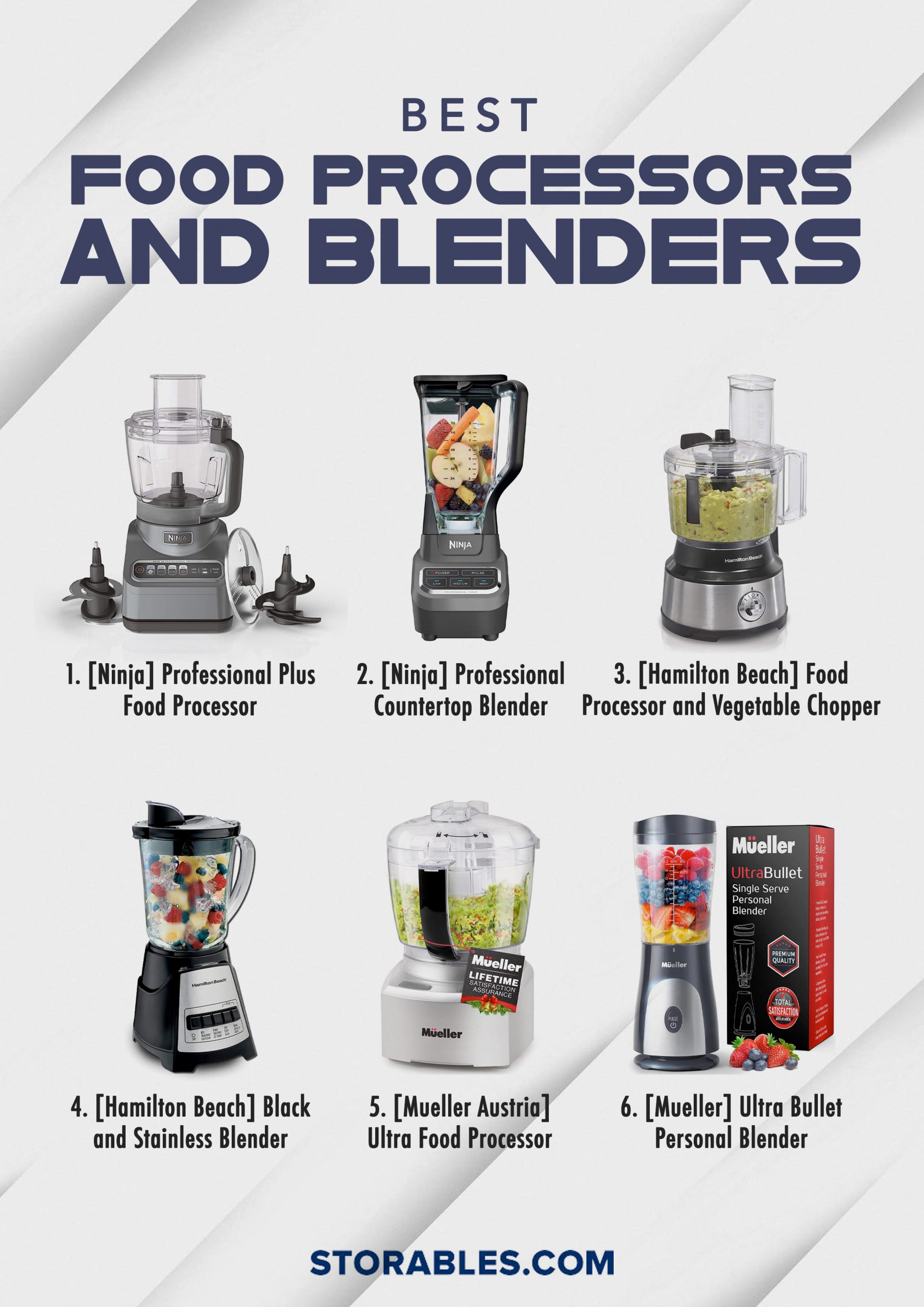
Read more: Juicer vs Blender: What’s The Difference?
Conclusion
The food processor vs blender debate is a very valid concern for many home chefs building their kitchen arsenal. As we’ve seen in this article, the two appliances are similar but have many key differences. The food processor will help you get those fancy dinners out faster, and the blender can give you an everyday smoothie or soup boost. Using one in the other’s place is doable, but it can get rather clunky. In the end, having both may just be worth it.
Was this page helpful?
At Storables.com, we guarantee accurate and reliable information. Our content, validated by Expert Board Contributors, is crafted following stringent Editorial Policies. We're committed to providing you with well-researched, expert-backed insights for all your informational needs.
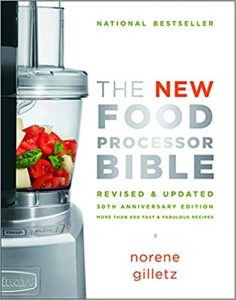
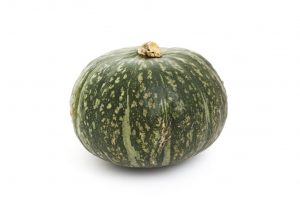
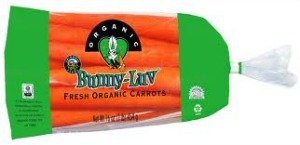
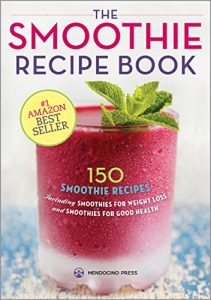
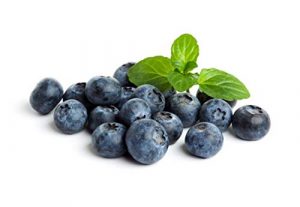
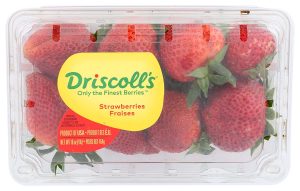
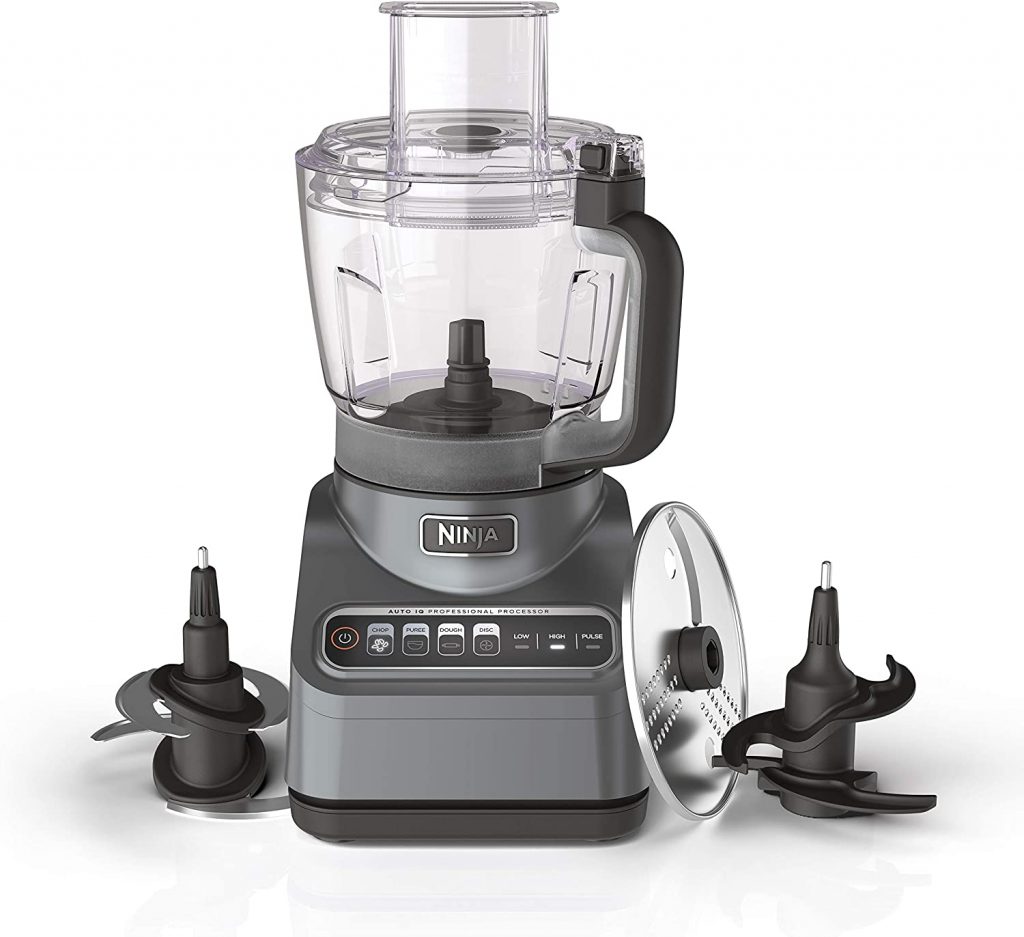
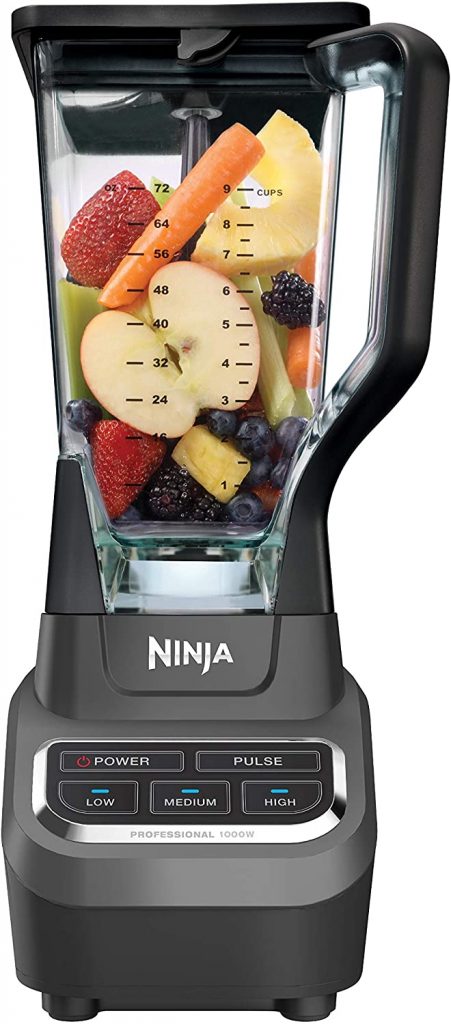
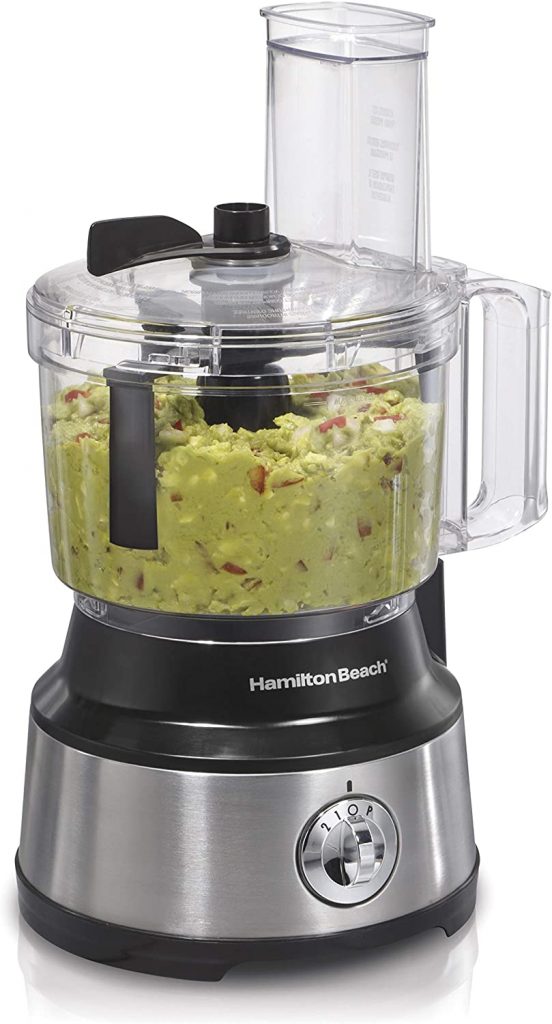
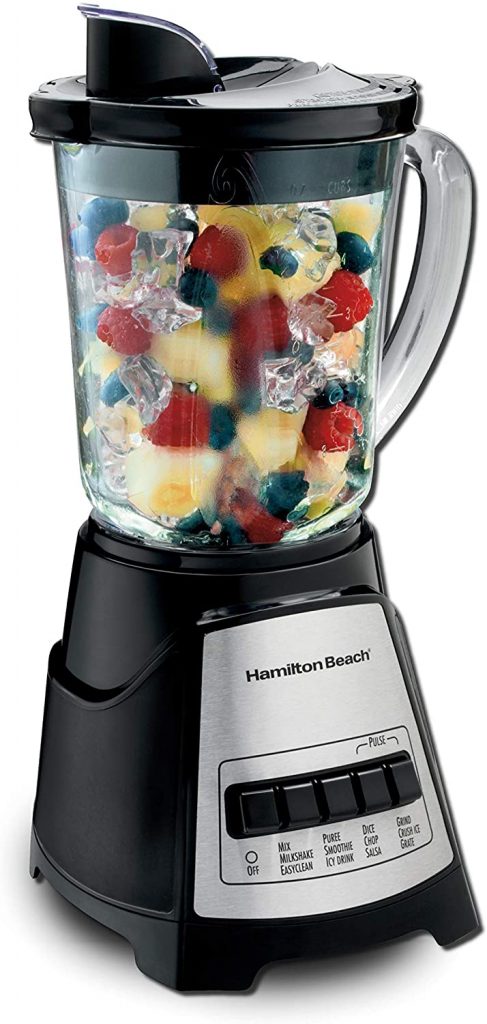
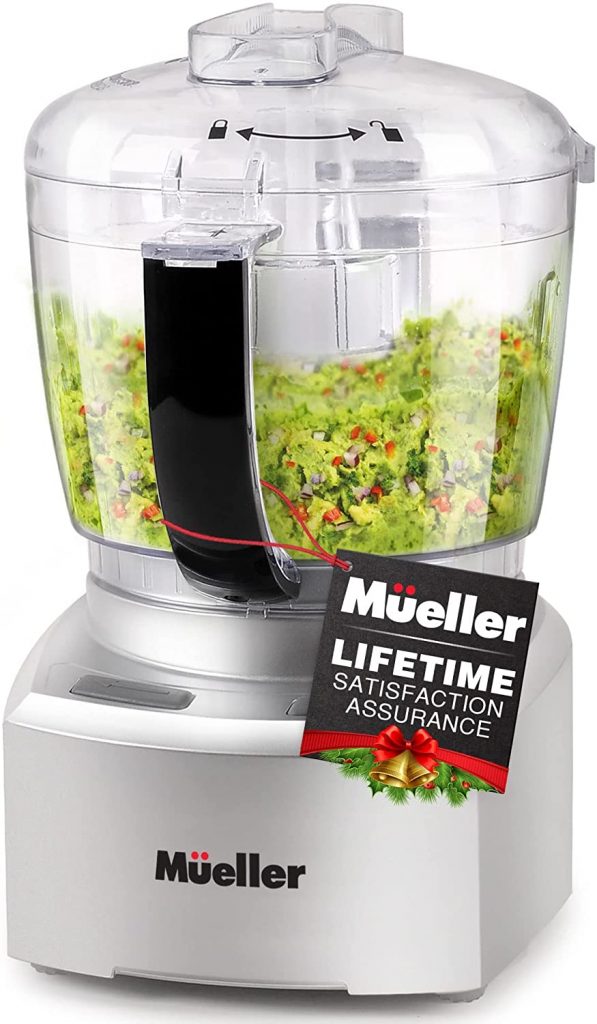
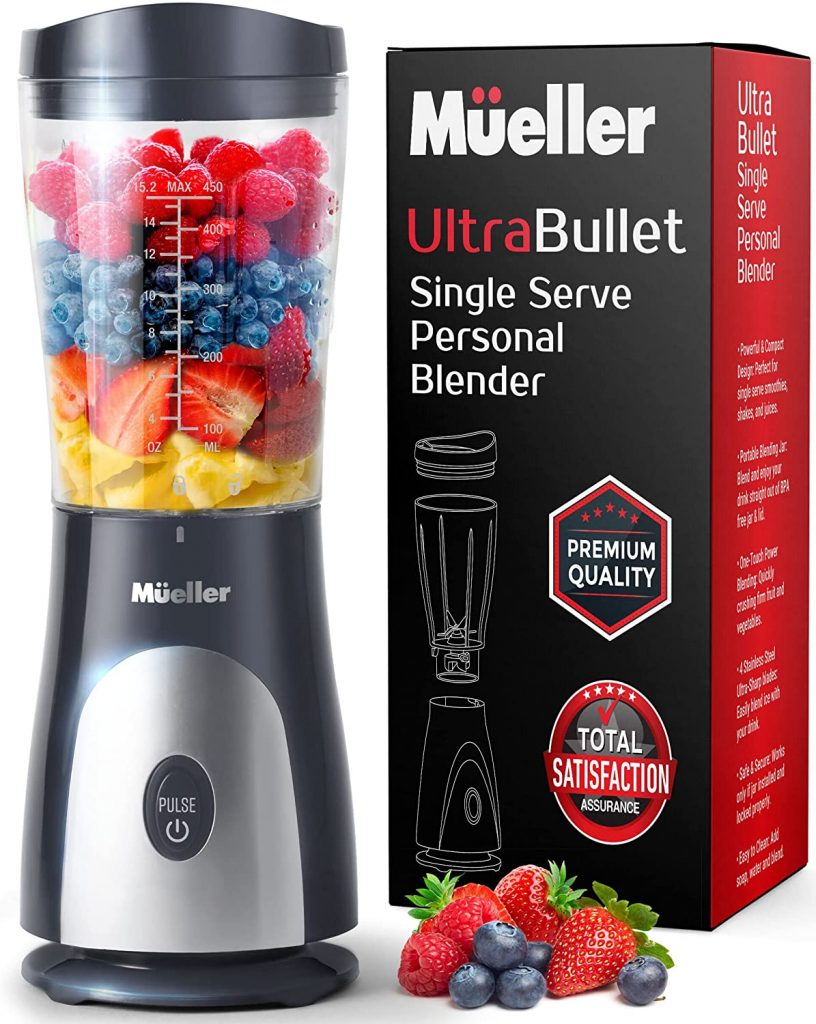
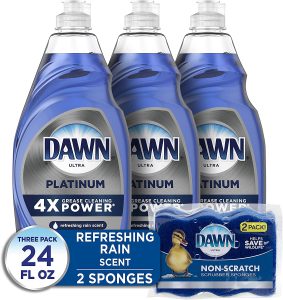
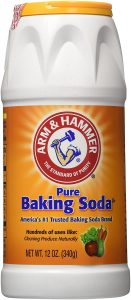
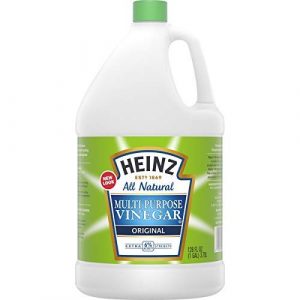
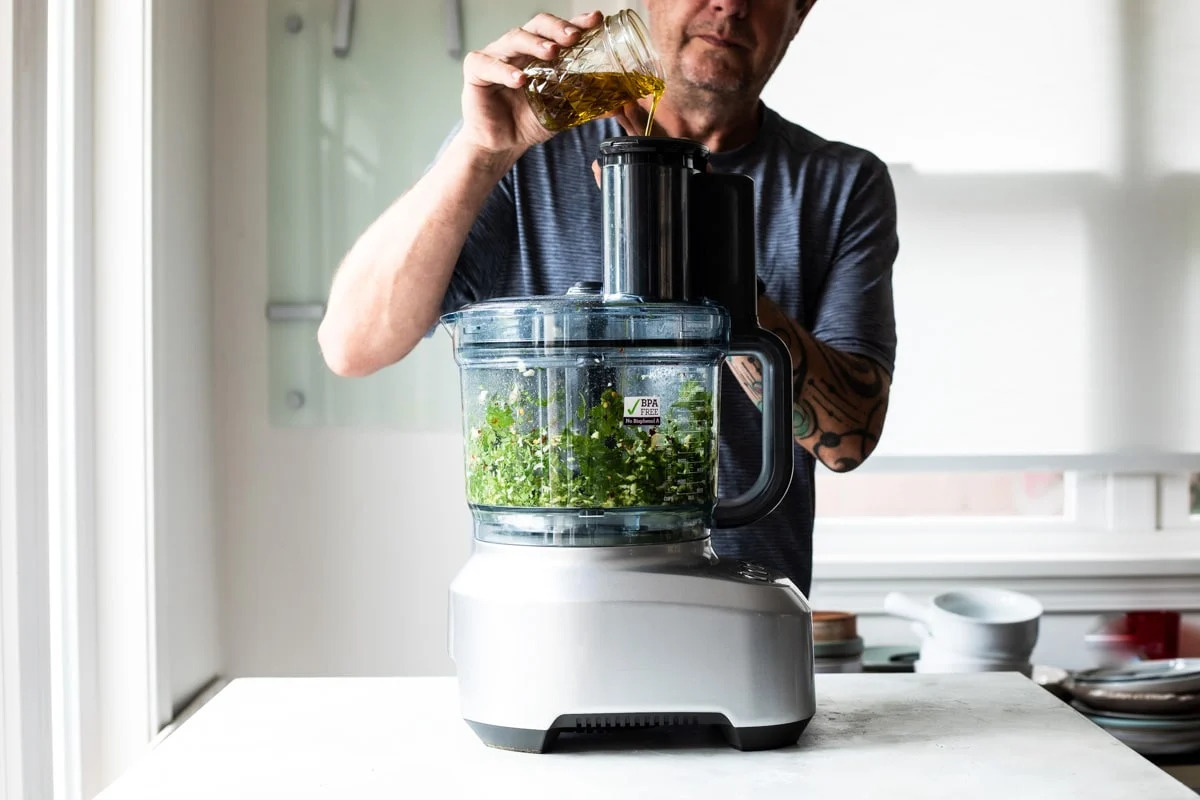
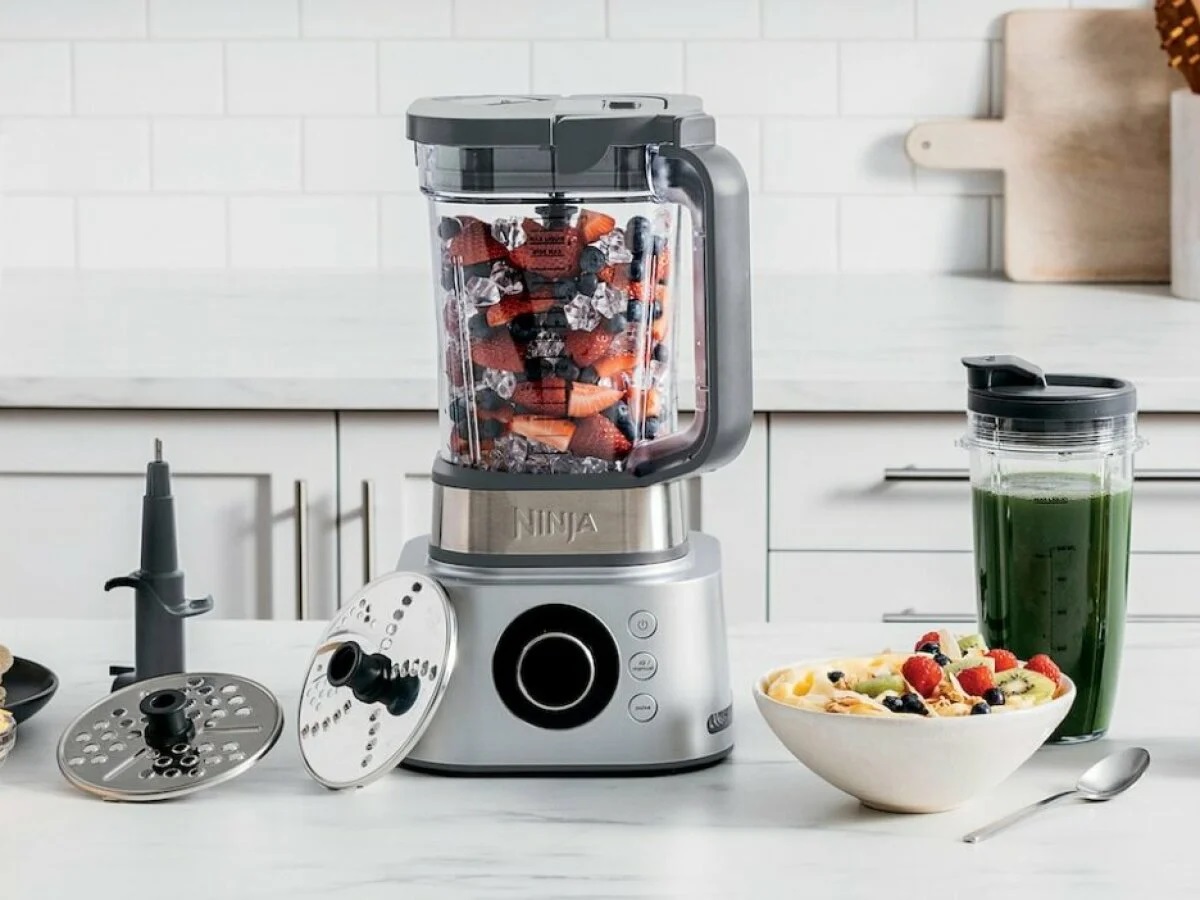
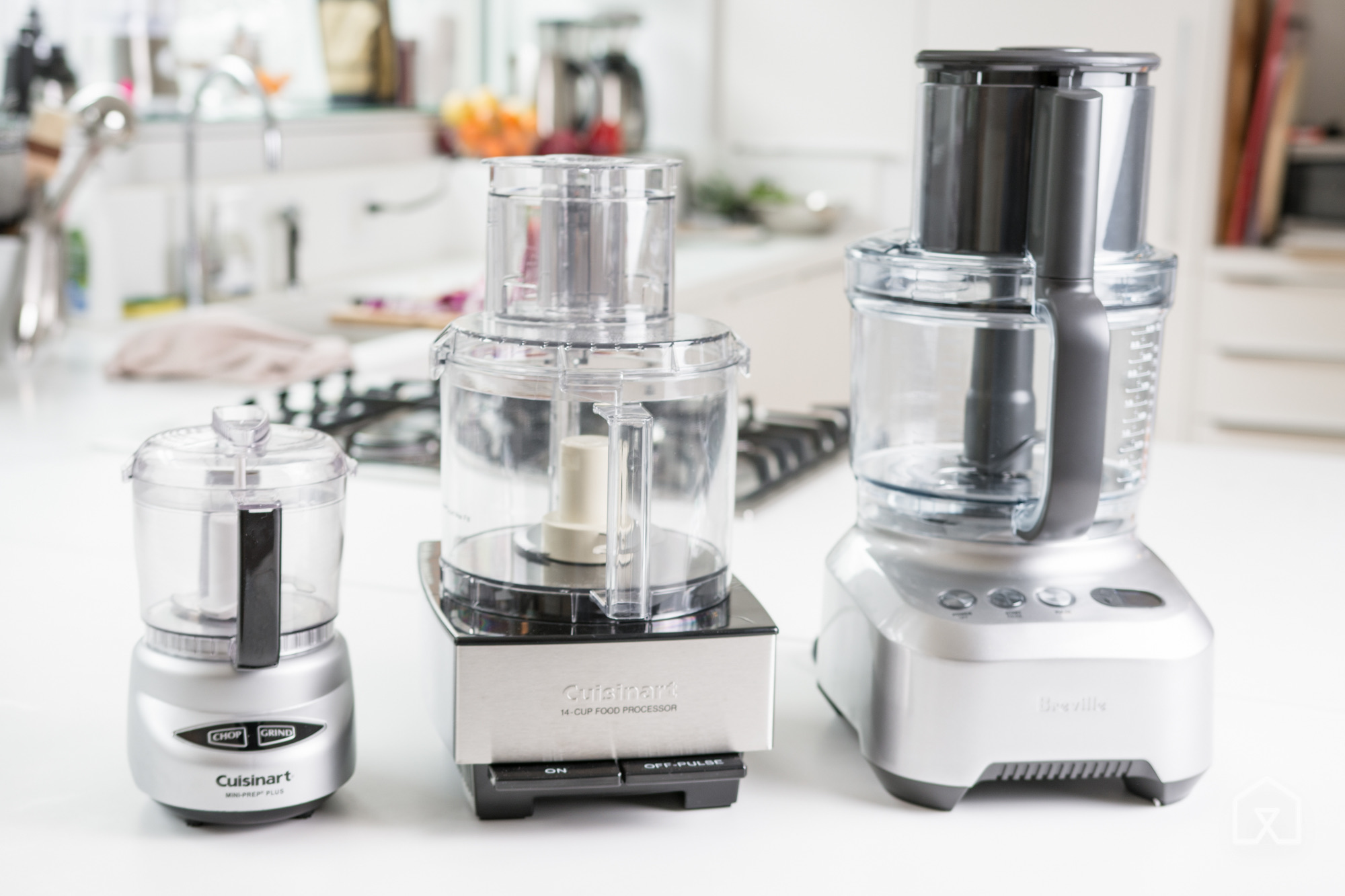
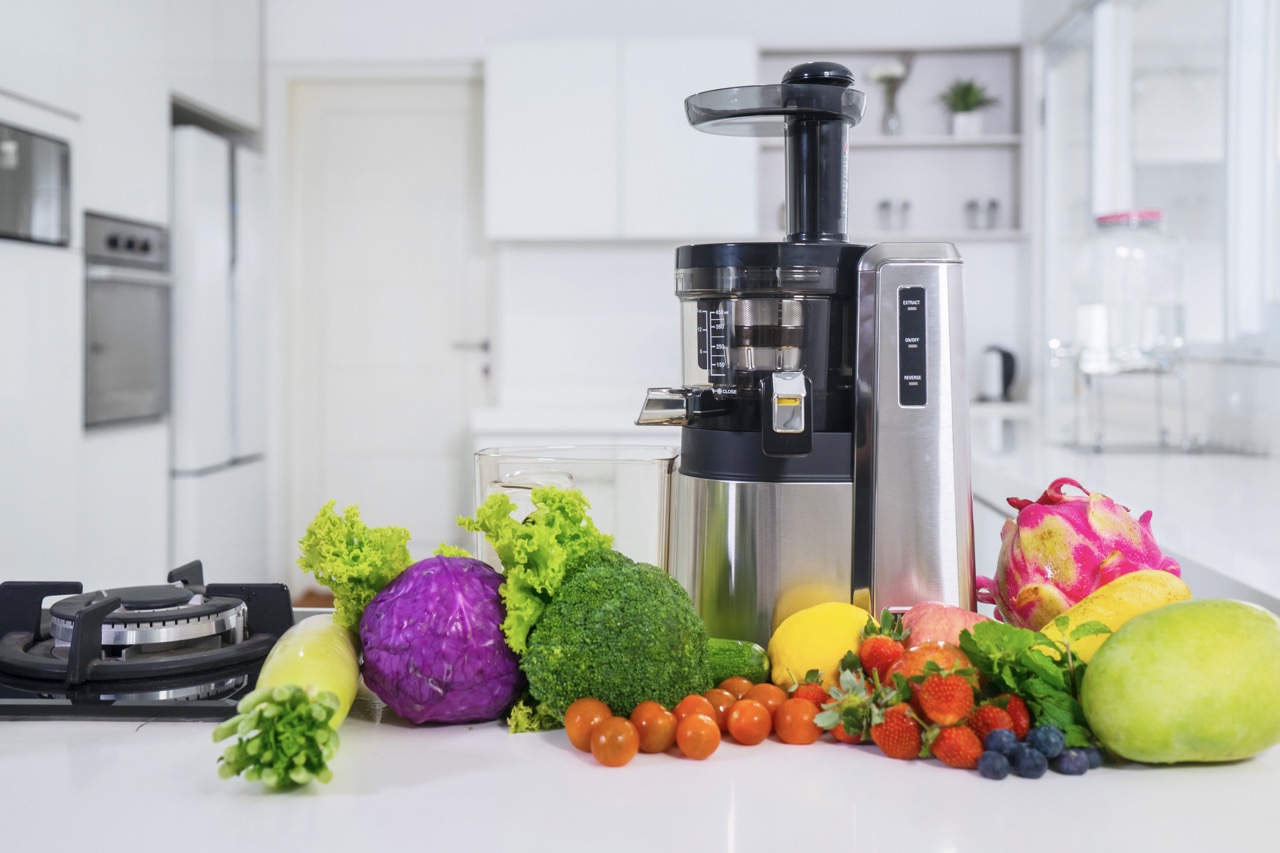
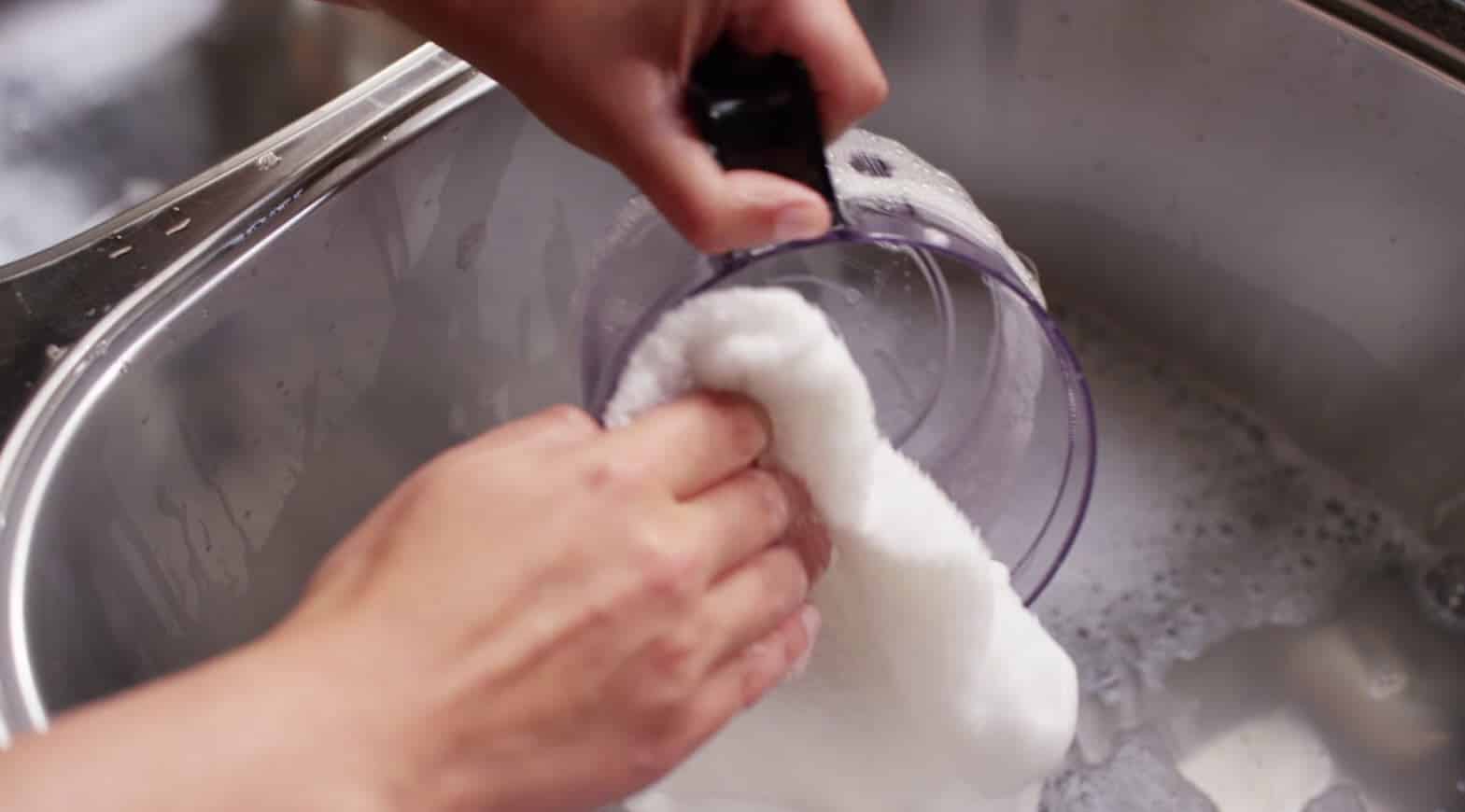
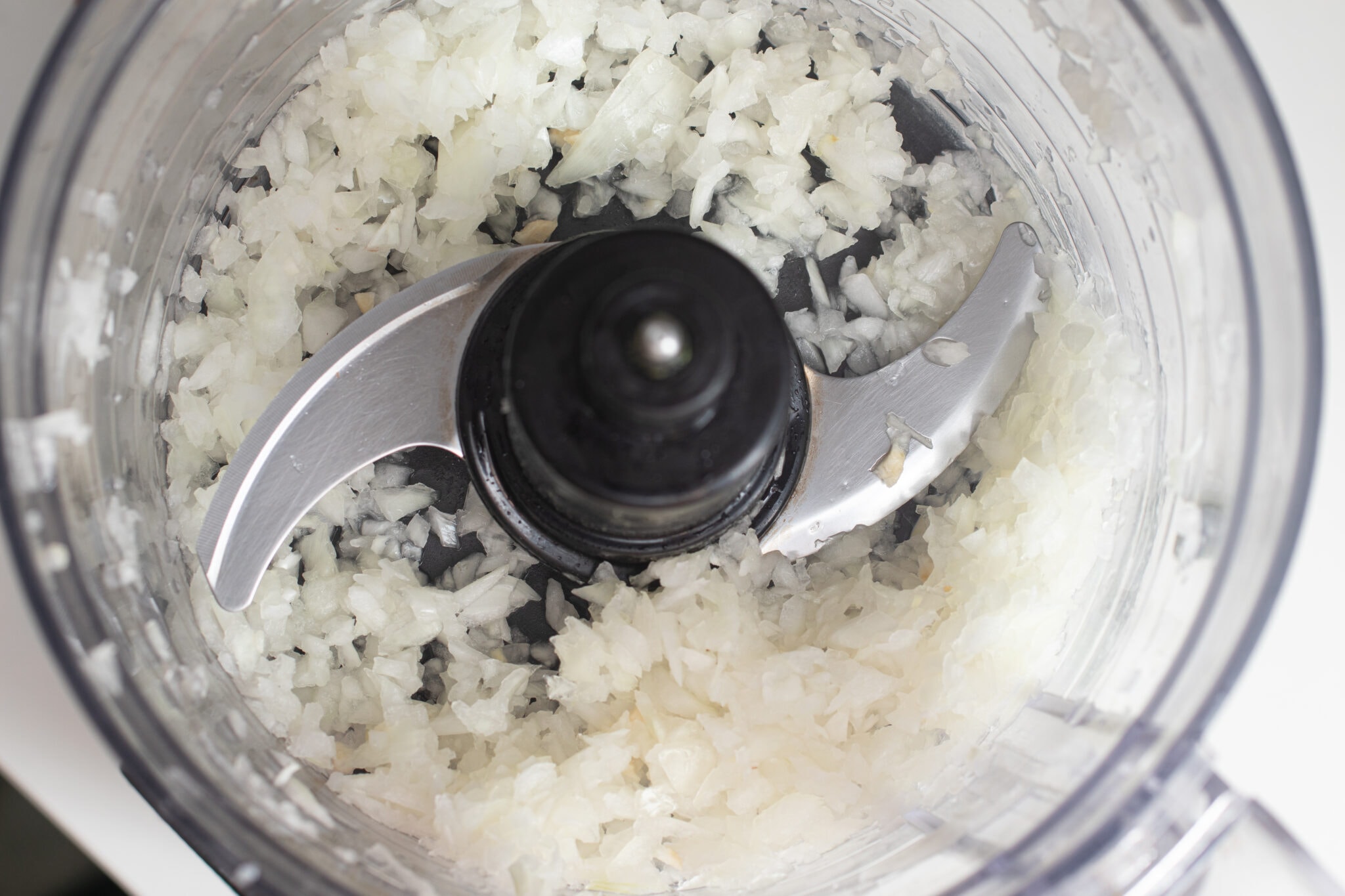
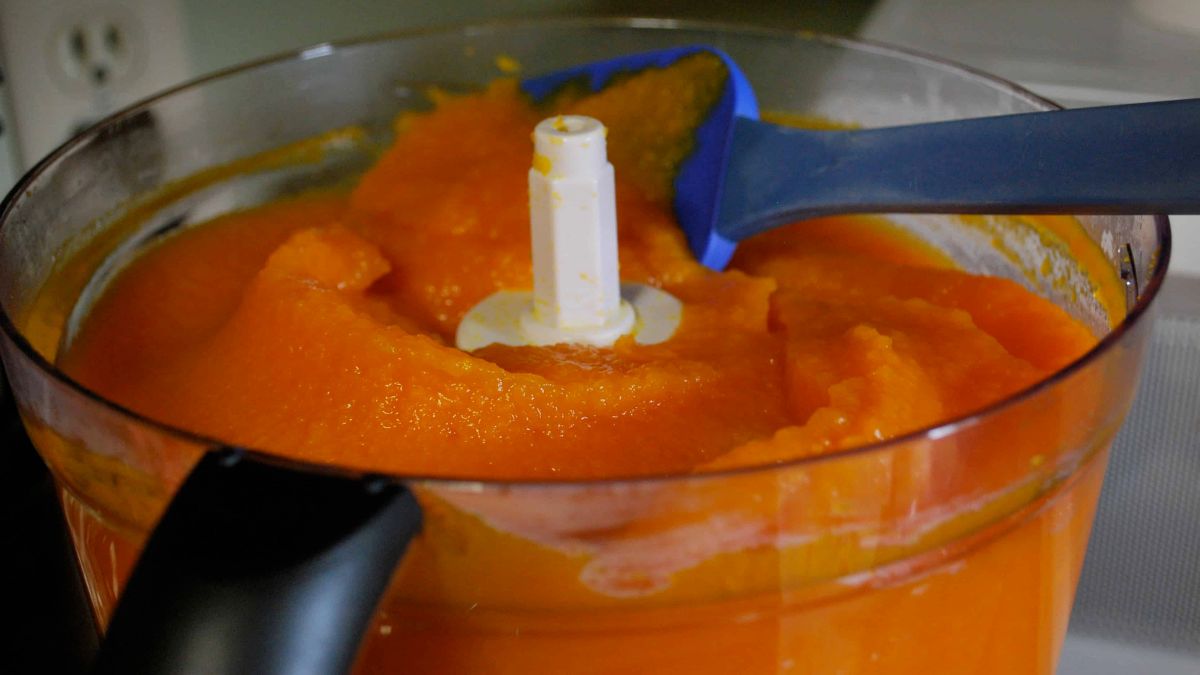
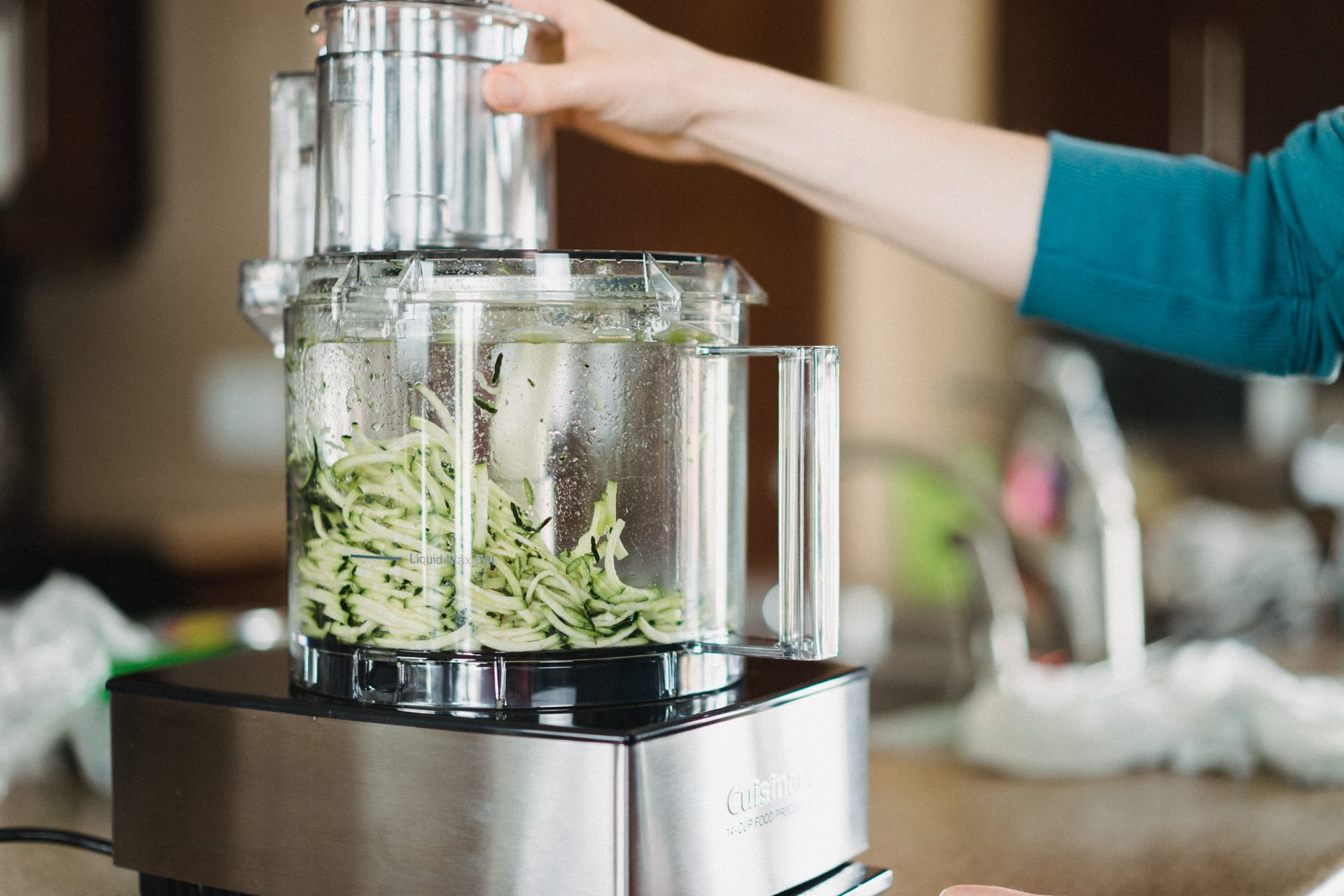
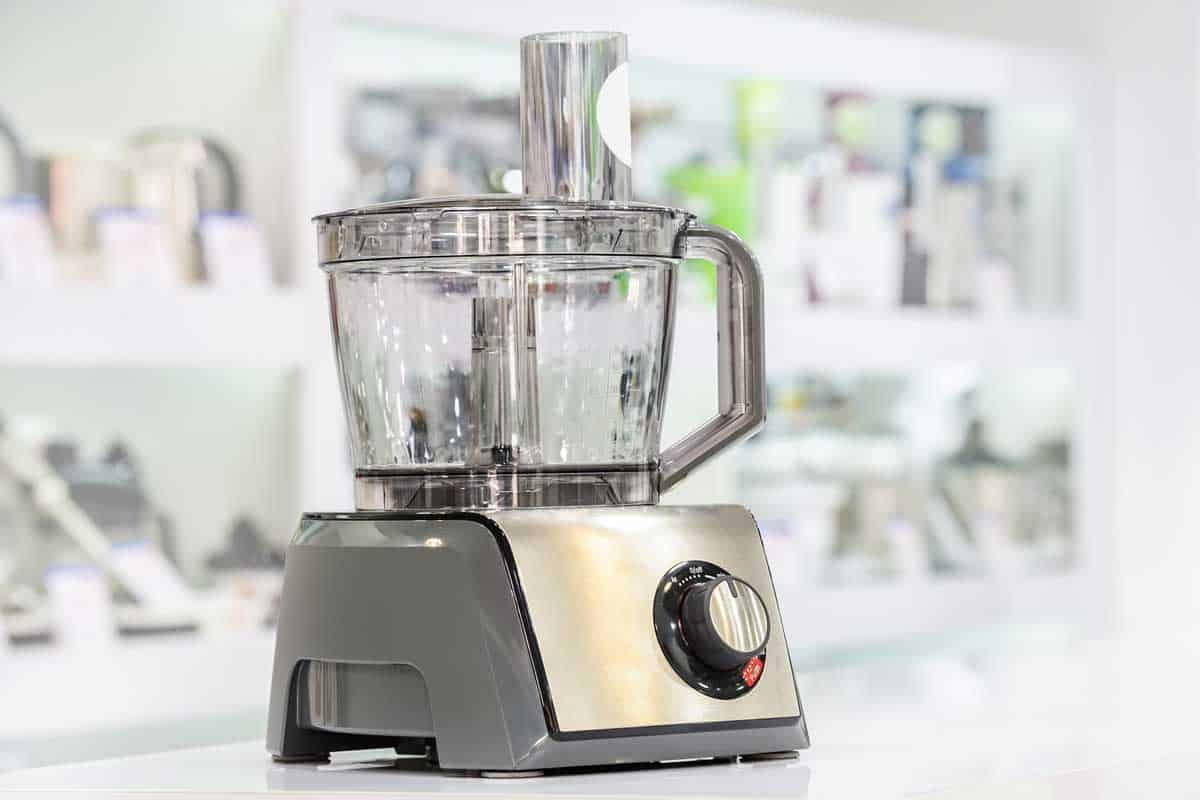

0 thoughts on “Food Processor vs Blender: Which is Better?”